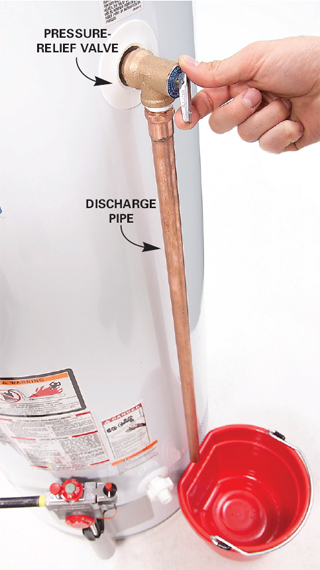I finally managed to load the video of what the hot water does.
Your system has air in it. Getting air in it somehow. once you flush out air it showed be okay. Your on a well system so I'm guessing it has something to do with your pump. could be pumping air into system. the pressures switches don't know the difference from water or air. maybe when the pump shuts off the water drains back and the air in system rises into pipe system.
I'm not much help with well systems.
Last edited:



























































